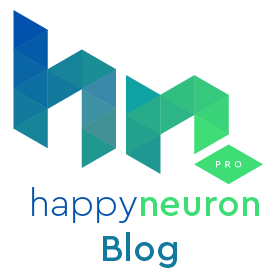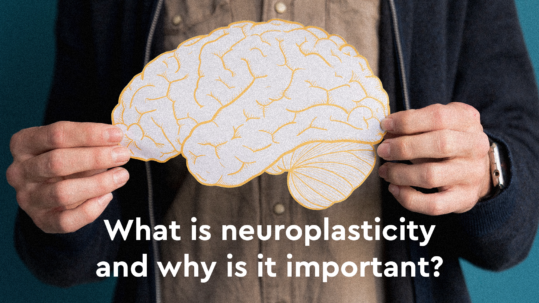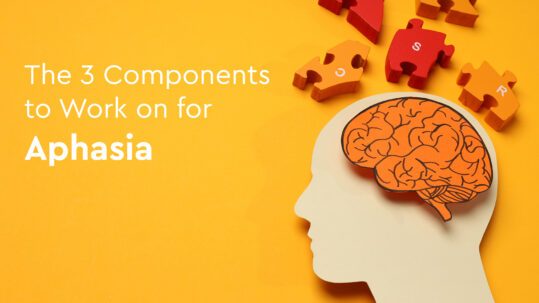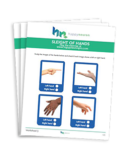Should I Use Digital Or Paper Cognitive Assessments?
Traditionally, paper assessments have been the standard method for cognitive testing. Nowadays, many clinicians are finding that digital assessments can save paper and time. The choice between digital vs. paper assessments comes down to what works best for the clinician and their patients, and whether the assessments are equally accurate.
In this article, we’ll explore these different types of assessments and the pros and cons of each.

Digital Assessments
There is a growing need for more intricate cognitive assessments as a large portion of the population begins to enter their senior years. Many seniors experience subtle cognitive impairment, which they or their loved ones notice even if it isn’t obvious to others. Traditional paper assessments, like the MMSE and Clock Drawing Test, may not detect subtle cognitive impairments. They are designed to detect dementia, rather than milder cognitive deficits. One benefit of digital assessments is that they may be able to detect subtle cognitive changes in patients that clinicians may not otherwise notice. Research has shown that some digital assessments are even more effective than their paper counterparts because of this.
Several studies have compared digital cognitive assessments with their traditional paper counterparts. Results between the two types of tests were very similar, meaning that the digital assessments were as accurate as the paper assessments.
One benefit of digital assessments is that clinicians can store the results from the assessments in a secure and organized way on a computer. The ease of administering the assessment and tracking results can save clinicians time.
Digital assessments may also reduce the costs and time associated with cognitive testing. Some assessments may be administered remotely, which saves money and staff time. And printing less paper can save practices money over the long term.
Paper Assessments
Paper assessments are the traditional tools for getting a complete picture of a patient’s cognitive profile. Clinicians administer the paper assessments to the patient or client, and then review it manually to determine results. Paper assessments are often considered more standard and have a long history of data to back up their usage and effectiveness. They are also often readily available in the public domain or available at a low cost. However, they have limitations which may skew the results. While digital assessments may provide the clinician with metrics like the patient’s response time and accuracy, paper tests cannot provide such details. Therefore, it’s possible that specifics of the patient’s condition could be missed.
Which is better then, paper or digital?
In the 1990s, some studies showed that digital assessments caused visual fatigue. However, with our modern high-resolution displays, this is no longer a common cause for concern. Even so, some patients do not respond well to digital tools for various reasons, such as issues with digital literacy.
Paper assessments tend to require more work. Digital assessments are generally easier for clinicians because more elements are trackable. However, some people may not be able to withstand utilizing a screen. Paper assessments do not offer the ease of administration and tracking that digital tools have, but they may be a better option for certain patients and situations.
Conclusion
The right choice for clinicians and their patients is determined by the individual situation. However, when trying to decide between digital and paper cognitive assessments, there are some important factors to consider. Accuracy, cost-effectiveness, and trackability are important considerations when choosing an assessment tool. It’s up to each clinician to determine what works best for them and their patients.
HappyNeuron has two digital cognitive assessments in the works that will be on the market within the next year: CogFirst, a TBI assessment and general assessment tool, as well as DIMA, an aphasia assessment tool. We’ll be posting updates about these as we get closer to making them available – stay tuned!









